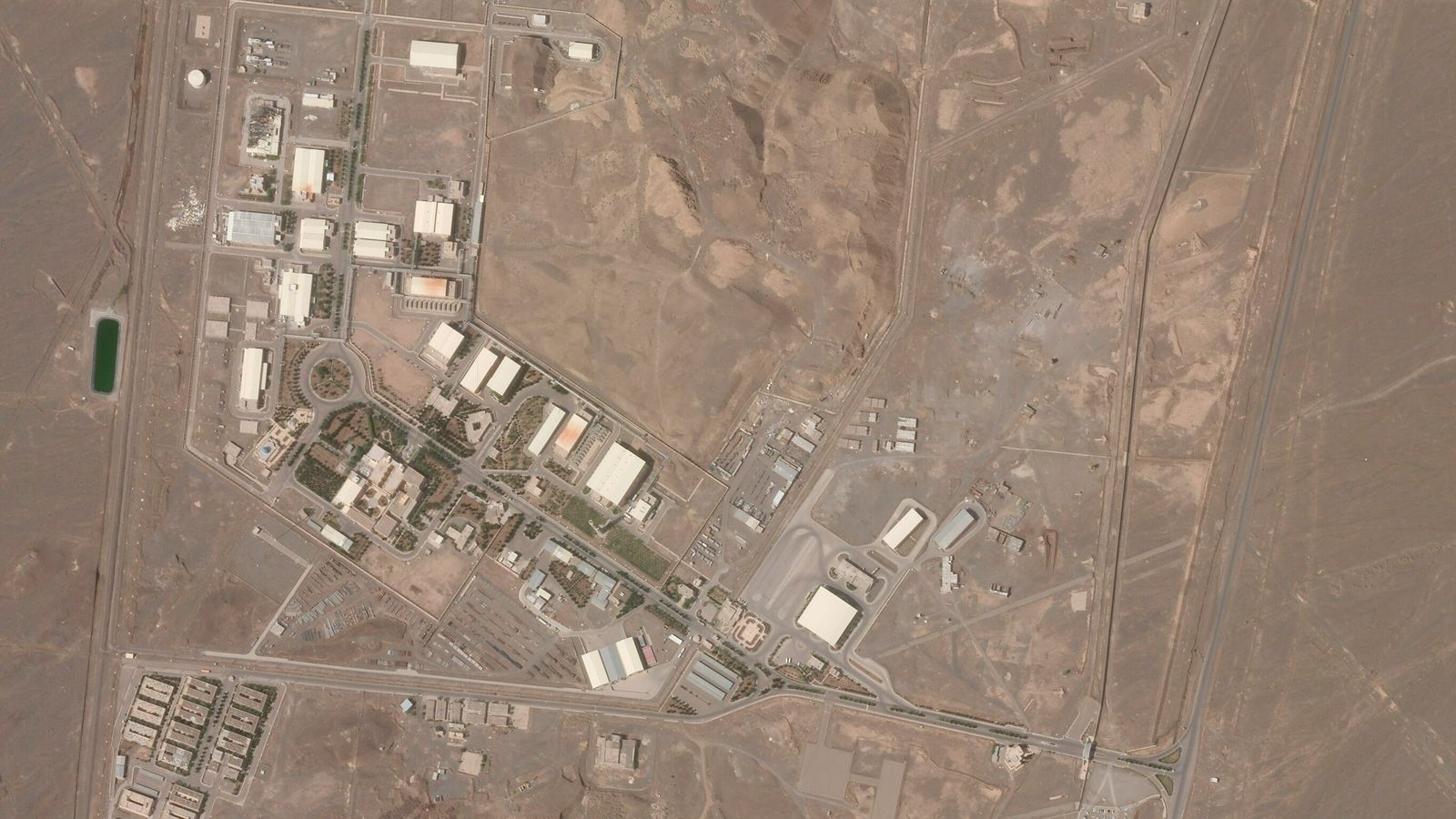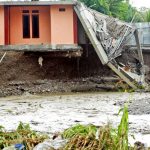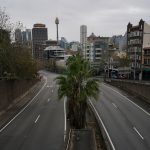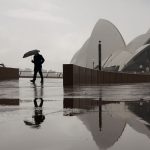A blackout at an Iranian atomic site has been described as “nuclear terrorism” by officials, raising tensions in the region.
It happened at the Natanz facility, 125 miles (200km) south of Tehran, which had just fired up advanced centrifuges which can enrich uranium more quickly, according to state media.
Uranium is enriched for use in nuclear power and nuclear weapons.
Ali Akbar Salehi, the head of the Atomic Energy Organisation of Iran, did not directly blame anyone for the incident.
“To thwart the goals of this terrorist movement, the Islamic Republic of Iran will continue to seriously improve nuclear technology on the one hand and to lift oppressive sanctions on the other hand,” Mr Salehi said, according state TV.
He added: “While condemning this desperate move, the Islamic Republic of Iran emphasises the need for a confrontation by the international bodies and the (International Atomic Energy Agency) against this nuclear terrorism.”
Power was cut across the plant’s above-ground workshops and underground enrichment halls, nuclear programme spokesman Behrouz Kamalvandi said earlier on Sunday.
“Here the power has been cut off indeed, and we do not know the reason for the outage,” Mr Kamalvandi said.
“The incident is under investigation and we will inform you about the reason as we find out.”
A word state television attributed to Mr Kamalvandi, spoken in Farsi, can also be used for “accident”.
The International Atomic Energy Agency, which monitors Iran’s activities, said it was “aware of the media reports” but declined to comment further.
Malek Shariati Niasar, a politician who speaks on behalf of the Iranian parliament’s energy committee, tweeted that the incident was “very suspicious”, and raised concerns about possible “sabotage and infiltration”.
Some of his fellow politicians are looking for further information, he added.
In recent weeks, Israeli prime minister Benjamin Netanyahu has repeatedly described Iran as the major threat faced by his country.
Iran has blamed Israel for the killing of a scientist who began its nuclear programme decades ago.
It is not the first time there have been concerns about the safety of the Natanz site, which is Iran’s main centre for uranium enrichment.
There was an explosion at its centrifuge assembly plant last July that authorities later described as sabotage.
The plant is now being rebuilt inside a nearby mountain, to help withstand enemy airstrikes.
Natanz has also been targeted by the Stuxnet computer virus.
Since the former US president, Donald Trump, withdrew from the Iran nuclear deal in 2018, Tehran has begun enriching uranium at up to 20% purity.
That is a technical step away from weapons-grade levels of 90%.
The US has recently taken steps towards rejoining the accord.
Iran says its nuclear programme is for peaceful purposes, but world powers remain concerned about its potential ability to make an atomic weapon.






















